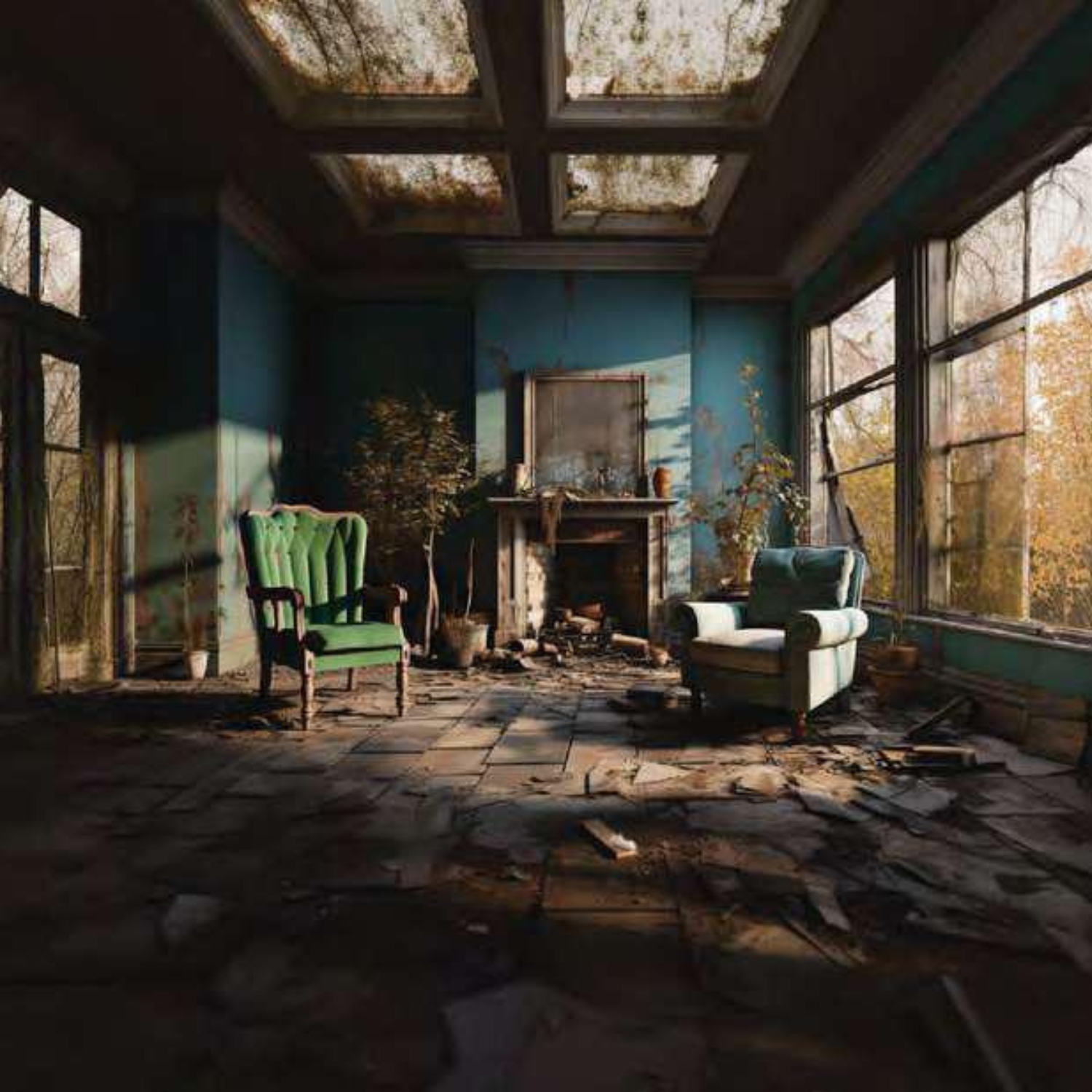El uso de MidJourney como una herramienta para etapas iniciales del diseño arquitectónico La experiencia en un taller exploratorio de la Universidad de Costa Rica
Main Article Content
Abstract
This article addresses some of the ways in which AI imaging technologies are transforming architectural design. Based on a workshop given at the School of Architecture at the University of Costa Rica, its capabilities and limitations are explored as a tool to guide intentions and schematic processes of different projects based on image creation. These experiences allowed us to conclude that this tool can enhance the dynamics in the initial stages of design.
Article Details
Citas en Dimensions Service
References
REFERENCIAS
Agnese, Jorge, Jonathan Herrera, Haicheng Tao, y Xingquan Zhu
«A Survey and Taxonomy of Adversarial Neural Networks for Text-to-image Synthesis», WIREs Data Mining and Knowledge Discovery 10 (4), e1345.
Agnese, Akcay Kavakoglu, Aysegul, Almac, Bihter, Eser, Begum and Alacam, Sema
«AI Driven Creativity in Early Design Education - A Pedagogical Approach in the Age of Industry 5.0»,
eCAADe, volume 1 (40), pp.133-142.
Amer, Nihal
«Architectural Design in The Light of AI Concepts and Applications», MSA Engineering Journal 2 (2), pp. 628-646.
Brisco, Ross, Laura Hay, y Sam Dhami
«Exploring the Role of Text-To-Image AI in Concept Generation», Proceedings of the Design Society 3, pp.1835-1844.
Elgohary, Soha Mohamed, Ahmed Reda Abdin, y Raghad Mofeed Mohamed
«Performative Driven Form Finding in the Early Design Stage», Journal of Engineering and Applied Science 70, 73.
Enjellina, Eleonora Vilgia Putri Beyan, y Anastasya Gisela Cinintya Rossy
«Review of AI Image Generator: Influences, Challenges, and Future Prospects for Architectural Field», Journal of Artificial Intelligence in Architecture 2 (1), pp. 53-65.
Gates, William F.
«Incorporating Generative Artificial Intelligence into an Architectural Pedagogy of Teaching for Creativity», Association of Architectural Educators Conference 2023 Productive Disruptive conference held by the Welsh School of Architecture, pp. 238-253.
Guney, D.
«The Importance of Computer-Aided Courses in Architectural Education», AProcedia - Social and Behavioral Sciences 176, pp. 757-765.
Kidd, Akari Nakai
«The Stickiness of Affect in Architectural Practice: The Image-Making Practice of Reiser + Umemoto, RUR Architecture DPC», Architectural Research Quarterly 22 (2), pp. 127-138.
Leach, Neil
«In the Mirror of AI: What Is Creativity?», Architectural Intelligence 1 (15).
Lu, Qinghua, Liming Zhu, Xiwei Xu, y Jon Whittle
«Responsible-AI-by-Design: A Pattern Collection for Designing Responsible Artificial Intelligence Systems», IEEE Software 40 (3), pp. 63-71.
Soliman, Sara, Dina Taha, y Zeyad El Sayad
«Architectural Education in the Digital Age», Alexandria Engineering Journal 58 (2), pp. 809-818.
Symeonidou, Ioanna, y Panagiotis Papapanagiotou
«From (Flat) Drawings to the (Ultra) Real: A Taxonomy of Architectural Visualizations», Blucher Design Proceedings, pp. 843-854.
Wei, Likai
«AI-Design: Architectural Intelligent Design Approaches Based on AI», DEStech Transactions on Engineering and Technology Research, n.o icaen (abril).
Bitácora Arquitectura by Universidad Nacional Autónoma de México is licensed under a Creative Commons Reconocimiento-NoComercial-SinObraDerivada 4.0 Internacional License.
Creado a partir de la obra en http://arquitectura.unam.mx/bitacora.html.

